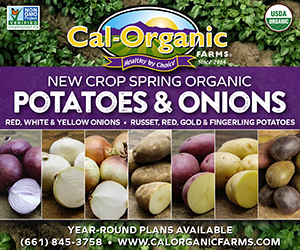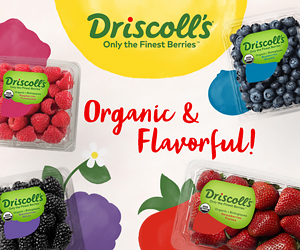Global export markets can provide opportunities for producers in competitive domestic markets. Understanding the global landscape and determining what markets are best for your products is crucial to success. While there are tools and programs to help, the landscape continues to change.
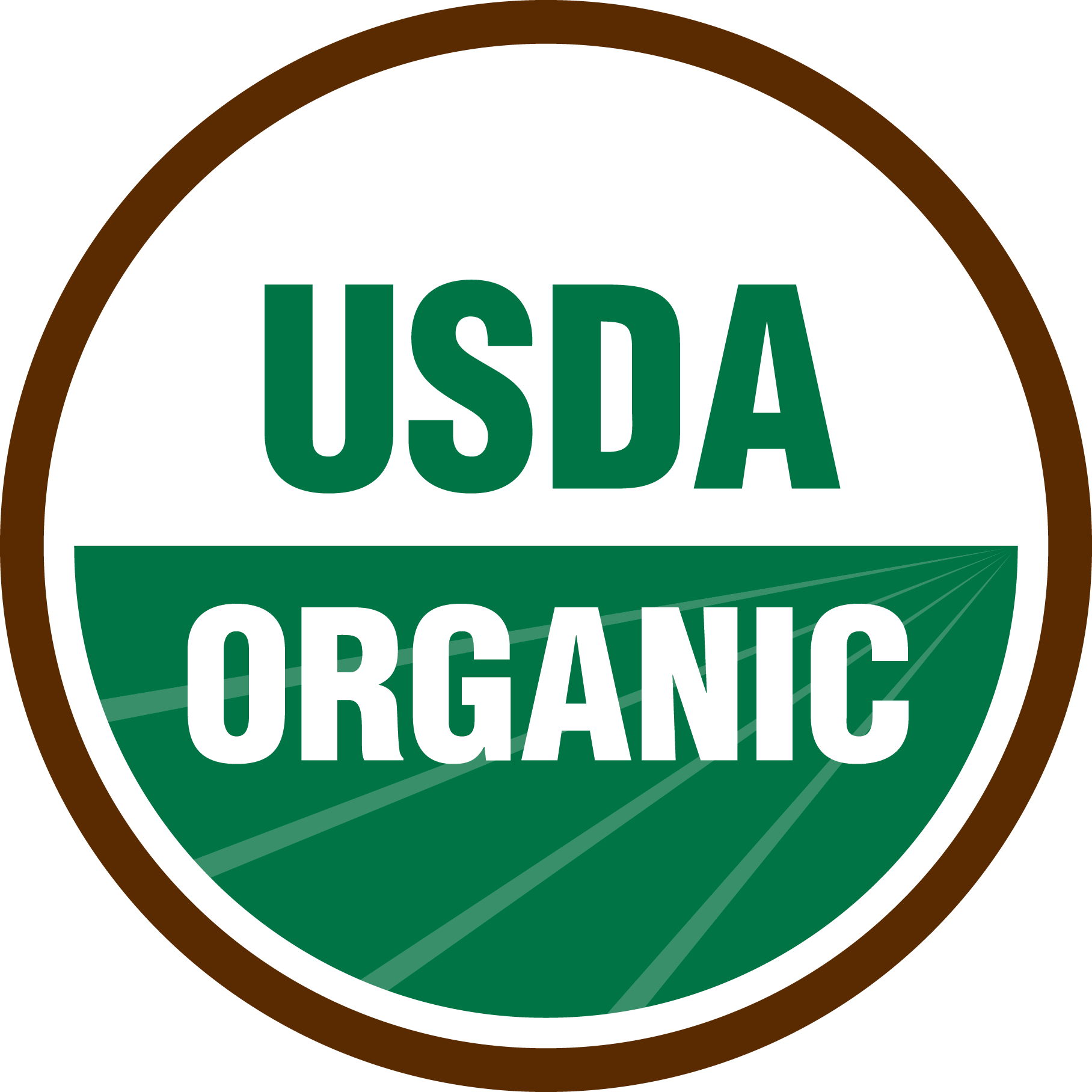 What is Organic Equivalency?
What is Organic Equivalency?
Organic equivalency recognizes two countries standards as comparable and verifiable, but they are not necessarily identical. They must be comparable without compromising either countries standard.
Equivalency is determined by assessing and comparing two regulatory systems, the standards, certification, accreditation, compliance and enforcement procedures, legal authority etc., to determine whether the principles and outcomes achieved are equivalent. This means that organic products can be sold in either country with just one organic certification, eliminating the cost and burden of record keeping for two certifications.
Equivalency is a painstaking process. It requires side by side meetings, evaluations and scrutiny with on-sight assessment and ongoing scrutiny for compliance.
In order to create additional markets for certified organic farmers and businesses, USDA has facilitated trade partnerships with multiple foreign countries and the US currently has organic equivalency with the EU, Canada, Japan, Taiwan, South Korea and Switzerland. The USDA is currently considering two new organic equivalency arrangements with Mexico and Argentina.
The USDA has also established “recognitions” with 3 countries, India, Israel and New Zealand. This means that the US government will accredit in-country certifiers to NOP standards so they can act as NOP certifiers in those countries.
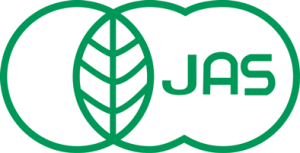
Japanese Agricultural Standard Logo
Change is coming with our trading partners.
The EU organic regulations are changing and will require a long process of renegotiation. The changes were formally adopted on May 29, 2018. The new regulation must be implemented in the EU by January 1, 2021 and all current trade agreements must be finalized by January 1, 2026.
The biggest impact for the US organic sector is that the EU will require trade agreements in place of the current framework, equivalence arrangements. This must be completed by the 2026 date.
The largest EU importer of U.S. organic fresh produce is the United Kingdom. By October of 2018, almost three quarters (by value) of all U.S. selected organic exports destined for the EU went to the UK. The lack of clarity around “Brexit” will certainly add complexities to organic trade until formal negotiations are completed.

EU Organic Logo
USDA Grant Programs support organic exports.
Grant programs from USDA help suppliers export U.S. organic products abroad where there is high demand and sales opportunity. There are two of specific interest to organic producers and exporters.
The Market Access Program (MAP) shares the cost of over overseas marketing and promotional activities that help build export markets for US organic goods. This can include international marketing activities like trade shows as well consumer promotions.
The Technical Assistance for Specialty Crops (TASC) provides grants for technical work relating to exports such as GAP analysis for equivalency arrangements. Their current priorities are assessing the new EU organic regulations and possibly UK with Brexit. This is also the program assessing equivalency with Mexico.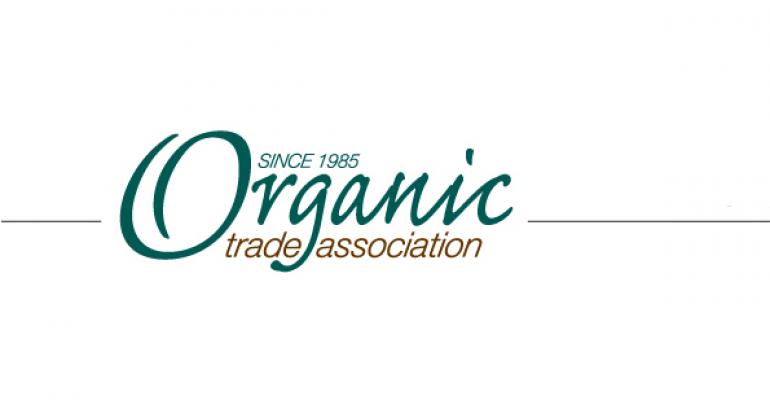 The Organic Trade Association applies and receives grants from this program and works with potential exporters on market access. Anyone wishing to participate must have products that were produced in the US and made with certified USDA organic.
The Organic Trade Association applies and receives grants from this program and works with potential exporters on market access. Anyone wishing to participate must have products that were produced in the US and made with certified USDA organic.
The OTA also hosts the “Connect with U.S. Organic program” with USDA that connects global buyers with qualified U.S. organic producers.
The program provides global buyers opportunities to learn about U.S. organic exporters, secure immediate sales opportunities and establish long-term partnerships. The program features include, expense paid, in-person connections with U.S. producers at U.S. trade shows and gatherings along with 24-7 online access to buyers. It also provides insight to U.S. markets through newsletters and market reports.
The USDA has an export factsheet and you can also look up each country and learn about each partnership at: www.ams.usda.gov/NOPInternationalAgreements.

